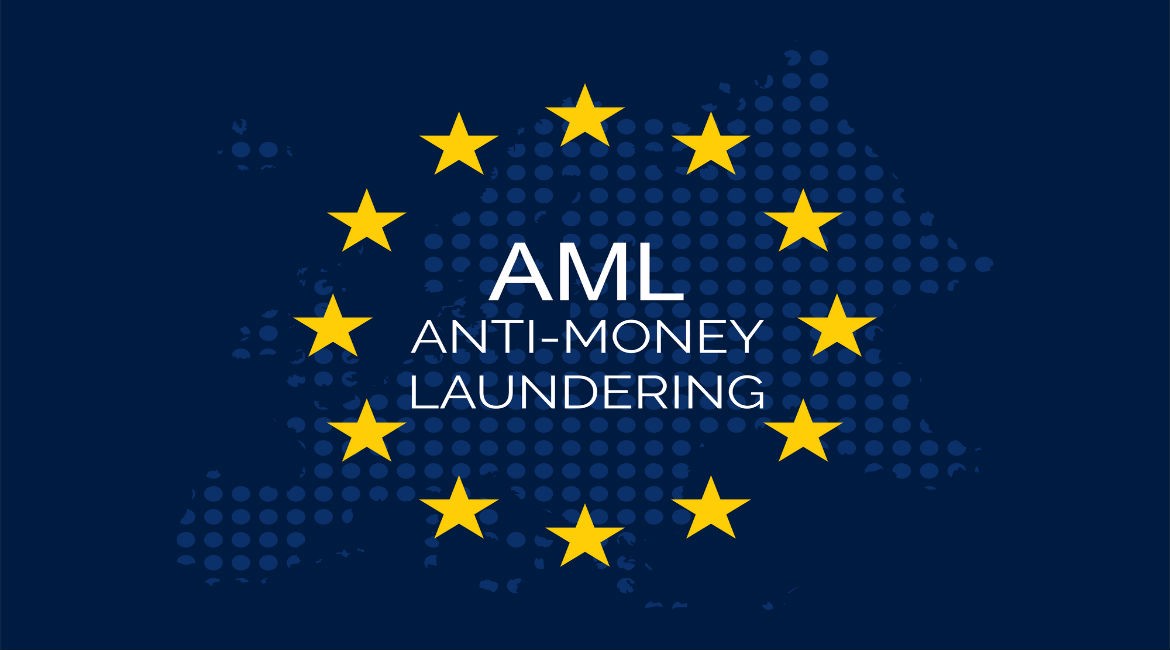In September we attended the annual Law Firm Services Conveyancing Conference which featured a presentation from Chris Handford, Director of Regulatory Policy at the Solicitors Regulation Authority (SRA).

In his keynote he discussed main topics one particular though was Anti-Money Laundering. Mr Handford noted that the SRA are still seeing high levels of non-compliance with Anti-Money Laundering (AML) Regulations.
Anti-Money Laundering requirements
There has been increased pressure on all industries from the government to tackle anti-money laundering. The past few years has seen the introduction of various new requirements, acts and directives these including:
- Criminal Finances Act 2017
- Money Laundering, Terrorist Financing and Transfer of Funds (Information on the Payer) Regulations 2017 (ML2017)
- National Risk Assessment of money laundering and terrorist financing
- Fifth Anti-Money Laundering Directive
Reducing the levels of AML in the UK has become a major governmental objective, with the property being a big focus to extent they’ve launched a new awareness campaign ‘Flag it Up’ targeted at estate agents and legal professions.
The government focus on the property is justified as conveyancing is an attractive proposition to money launderers because of the regular transfer of large sums of money. Warning signs include particularly expensive properties being sold to overseas companies or trusts, or purchases of property with funds from high risk countries.
The SRA’s commitment to AML
The SRA have also put AML at the top of their agenda. The SRA want firms to implement a robust money laundering risk assessment process.
If you have not seen it, the SRA issued a warning notice in May 2019 saying, “Updated regulations to prevent money laundering were introduced in 2017 and we are seeing high levels of non-compliance with the regulations, and that firms have not updated their policies since the new regulations came into force.”
Their 2018 review found 24 out of 59 firms had an inadequate risk assessment in place, with 4 not having one at all.
There is already a legal requirement to have a written risk assessment in place under the Money Laundering, Terrorist Financing and Transfer of Funds (Information on the Payer) Regulations 2017 (the Regulations), however the SRA also issues regular risk updates and firms should take these into account when developing their own assessment procedure.
Under Regulation 18 of the Regulations, firms are required to take steps to identify the risks of money laundering. This includes looking at customers, countries and transactions, having a comprehensive plan in place, training staff, identifying customers, their source of funds and their wealth, keeping records, monitoring business relationships and reporting suspicious activity. The risk assessment must be in writing, maintained so that it is up to date and provided to the SRA upon request.
Another area of concern was the lack of SARs (suspicious activity reports) submitted. The results of their initial study identified that Law firms had not completed many SARs, with 10 firms not having made one at all in the preceding 2 years.
The SRA was also disappointed with how firms were dealing with Politically exposed person, with many stating they did not deal with PEPs so did require having procedures in place to do so. The SRA felt this approach wasn’t appropriate and that all firms despite the work they do should have a procedure in place to identify PEPs and what to do if dealing with PEPs.
Chris Handford told the LFS conference that supervision and enforcement activity has been increased in the light of the amount of non-compliance.
What we’ve covered in this article is a brief summary of some of the information and comments made the SRA recently. We would recommend that all firms download and read a copy of the SRA’s Anti-Money Laundering guidance for the Legal Sector to ensure they are meeting all requirements.

 Matter Centre
Matter Centre